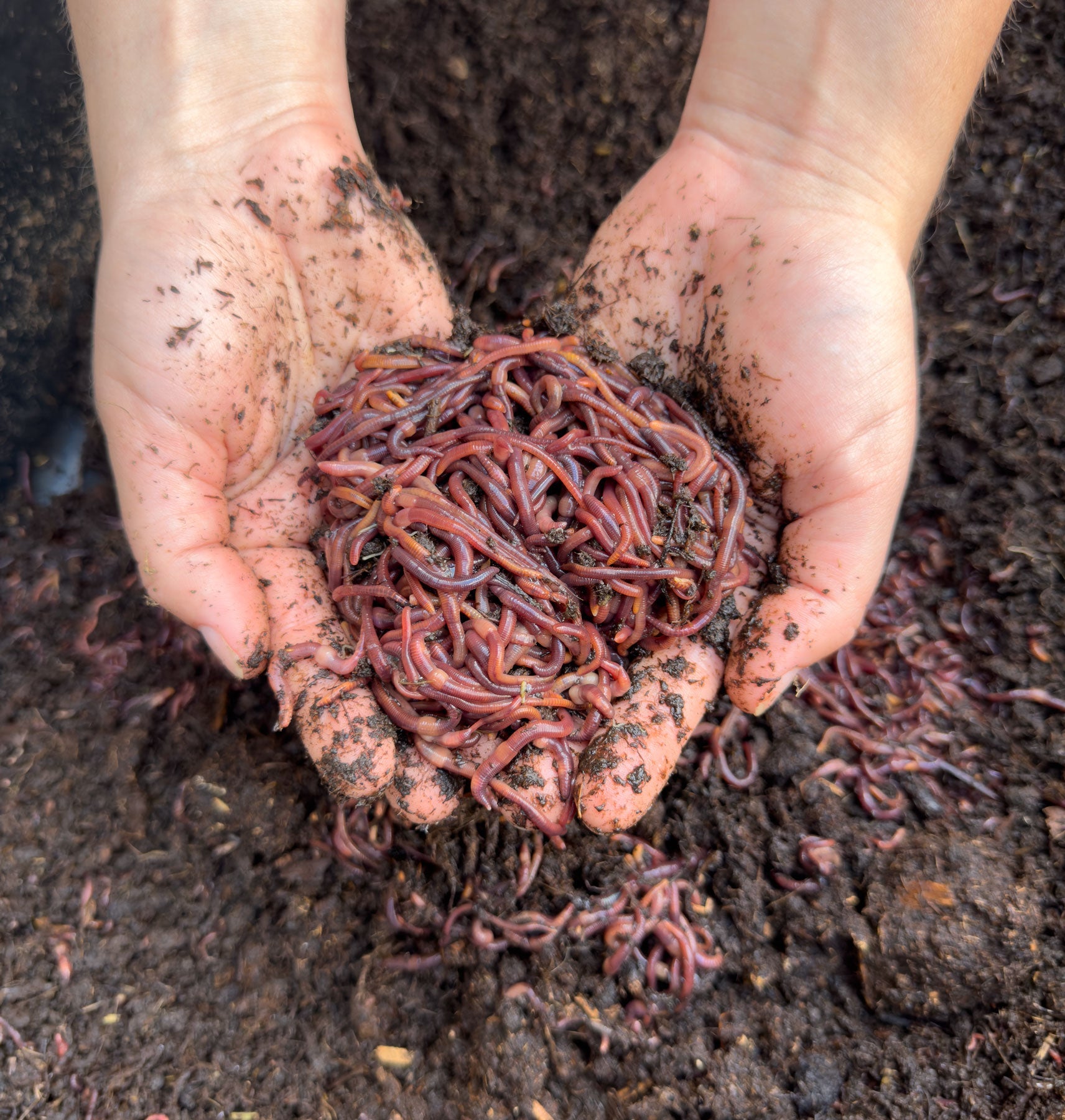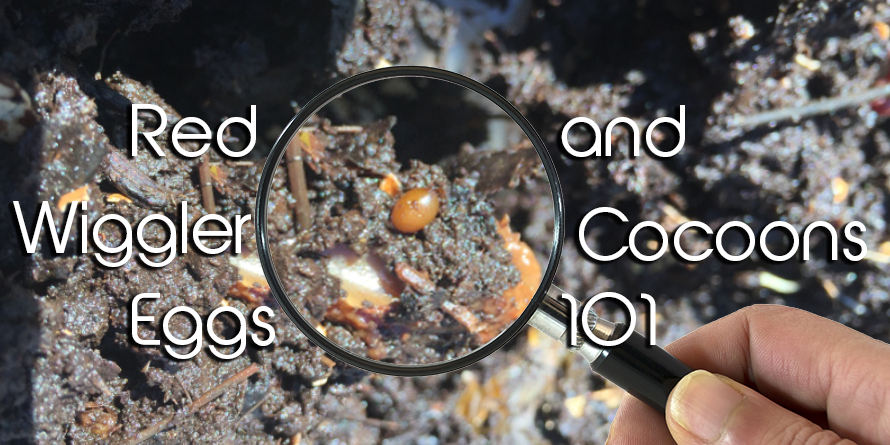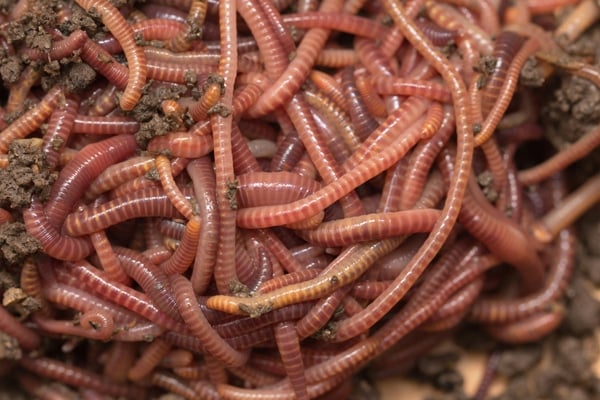Red Wiggler Express: Reliable Bait for a Productive Fishing Day
Red Wigglers 101: Whatever You Required to Know for Thriving Gardens
Red wigglers, or Eisenia fetida, play a vital duty in sustainable gardening practices, serving as efficient decomposers that convert natural waste into beneficial vermicompost. Comprehending their habitat, dietary preferences, and the myriad benefits they supply can transform your horticulture strategy.
Comprehending Red Wigglers

Red wigglers prosper in environments abundant in organic product and moisture. Red Wiggler Express. They have an one-of-a-kind digestion system that allows them to refine food scraps rapidly, secreting spreadings that are packed with necessary nutrients such as nitrogen, phosphorus, and potassium. These castings boost dirt framework, enhance water retention, and foster useful microbial task, every one of which add to durable plant health and wellness
Moreover, red wigglers can make it through in varied problems, making them adaptable to numerous horticulture practices, including interior and outdoor composting systems. Their ability to eat big quantities of organic waste daily settings them as important allies for both home gardeners and commercial cultivators. By integrating red wigglers into gardening efforts, one can significantly enhance soil fertility and support lasting gardening practices.
Ideal Environment for Red Wigglers
Creating an ideal atmosphere for red wigglers is vital for maximizing their composting capabilities and general wellness. Red wigglers grow in damp, dark, and well-aerated habitats, which carefully resemble their native environments in leaf litter and rotting raw material. An ideal environment needs to supply a temperature level range between 55 ° F and 77 ° F(13 ° C to 25 ° C), as extreme temperature levels can emphasize or damage the worms.
The bedding product, such as shredded newspaper, cardboard, or coconut coir, need to be kept moist however not extremely damp, as extreme wetness can lead to anaerobic conditions harmful to worm health. Furthermore, a pH level between 6.0 and 7.5 is excellent, ensuring a balanced environment.
Proper aeration is similarly crucial; it permits oxygen blood circulation and protects against the buildup of hazardous gases. A container or bin developed for vermicomposting need to have drain openings to get rid of excess wetness and advertise air flow. Routine surveillance of these problems is necessary for maintaining a growing red wiggler populace, inevitably boosting their performance in breaking down organic waste and improving yard soil.
Dietary Requirements and Preferences

Red wigglers exhibit certain choices; they are particularly warm of softer, breaking down materials over tougher or even more fibrous materials. It is important to stay clear of feeding them citrus peels, onion, and garlic in large quantities, as these can be damaging. Furthermore, meat, milk, and oily foods need to be omitted, as they can bring in parasites and create undesirable smells.
(Red Wiggler Express)Green materials, such as vegetable scraps, supply nitrogen, while brown materials, like cardboard and dried leaves, supply carbon. By providing to their dietary needs, gardeners can cultivate a flourishing population of red wigglers in their garden compost systems.
Advantages of Making Use Of Red Wigglers
The remarkable benefits of using red wigglers in horticulture expand far past their role in composting. These flexible microorganisms add considerably to soil health, improving nutrient accessibility and promoting microbial task. By aerating the dirt as they delve, red wigglers boost drain and origin penetration, creating an optimum setting for plant development.
Additionally, red wigglers are effective recyclers of natural waste, transforming it right into nutrient-rich spreadings that work as an excellent natural plant food. These spreadings contain advantageous microorganisms and necessary nutrients, such as nitrogen, phosphorus, and potassium, which are important for plant growth. The slow release of nutrients from worm castings ensures a consistent supply, decreasing the threat of nutrient leaching and promoting sustainable horticulture techniques.
Utilizing red wigglers cultivates an extra sustainable Our site horticulture technique by reducing reliance on chemical fertilizers and promoting a closed-loop system, where waste is changed right into beneficial sources. On the whole, including red wigglers into gardening practices uses a wide variety of eco-friendly and agricultural benefits.
(Hickory NC Worms For Sale)
Composting With Red Wigglers

To initiate an effective vermicomposting system, pick a suitable container with correct air flow and drain. The optimal environment for red wigglers consists of a wet, dark setting with temperatures in between 55 ° F and 77 ° F. Begin by layering shredded paper, cardboard, and food scraps, ensuring a well balanced mix of carbon and nitrogen-rich products.
Red wigglers grow on veggie peels, fruit scraps, coffee premises, and eggshells, while preventing meat, dairy, and oily foods that can draw in pests. Routinely keep an eye on moisture levels; the bedding should perspire however not soaked. Harvest worm spreadings every few months by separating the worms from the compost, which can then be made use of directly in gardens or kept for later usage.
Carrying out vermicomposting not just decreases landfill waste but also improves yard dirt, promoting healthy plant development and lasting horticulture techniques. Welcome this eco-friendly approach to boost your horticulture undertakings.
Conclusion
In summary, red wigglers are crucial microorganisms for boosting garden productivity through efficient composting. Their certain habitat requirements, nutritional preferences, and significant benefits add to sustainable horticulture techniques. By making use of red wigglers, garden enthusiasts can significantly improve dirt high quality and nutrient accessibility, promoting healthier plant growth. Accepting the method of vermicomposting not only sustains waste decrease however also advertises an ecological balance within yard environments, ultimately leading to prospering and resilient yards.